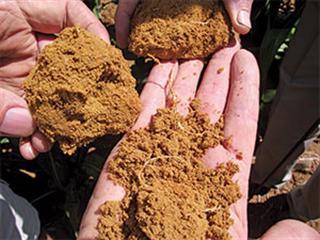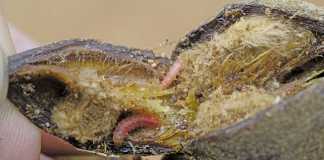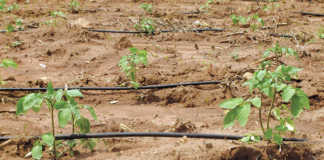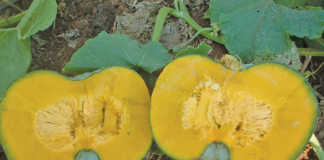
All crops require the following nutrients:
Phosphorus: Deficient in most soils in South Africa.
Nitrogen: Once you have taken care of the phosphorus needs of your crop, apply nitrogen. This will increase your yield.
Potassium: In many parts of the country, the amount of potassium stored in the soil is sufficient. Over time, however, continual cropping will deplete this reserve. You will therefore need to add potassium to maintain high yield.
Manure
Chemical analysis of kraal manure shows that it is normally fairly high in potassium and relatively low in phosphorus and nitrogen. To solve this problem, you can use one of two methods:
- Apply enough manure to meet the crop’s nitrogen and phosphorus needs. By doing this, you will be supplying more potassium to the soil than is needed, but this is unlikely to do it any harm.
- Combine manure with mineral fertilisers. In this way, the rate at which the manure has to be applied (discussed in detail later) will be considerably reduced.
Although mineral fertilisers can be expensive, they supply the phosphorous needed for plant growth – through bonemeal and rock phosphate. These release phosphorus very slowly, so the beneficial effects are not as immediate as those of chemical phosphates. However, they are longer-lasting, so you do not need to apply the fertiliser that often.
This is true of manure too. Manure is an organic fertiliser, and its nutrients are therefore not immediately available to plants. In order to release the nutrients, the manure has to be decomposed (broken down). In the soil, manure is decomposed by microscopic organisms. The application of manure and other organic matter increases the population of these organisms.
If you apply manure to your soil in winter, when the soil is cold and dry, little may happen to the manure immediately as decomposition takes place much more slowly.
Soil organisms break down manure rapidly when the soil is warm and moist. When the weather warms up and rain adds water to the soil, the manure will be broken down quickly and nutrients will be released to the soil, where they can be absorbed by plant roots.The release of nutrients occurs over quite a long time and during this period increasing quantities of plant nutrients become available to your crop.
The nutrients in kraal manure are just one-tenth of the concentration of those in the chemical fertiliser 3:2:1 (30).
About soil tests
Many commercial farmers send their soils to a laboratory for testing. This determines the nutrient content. The farmers are asked which crops they intend to grow on the lands from which the samples were taken. This information, and the results of the soil tests, are used to formulate a programme that tells them which fertilisers to apply and the quantities required for optimal growth. It’s worthwhile to have your soil tested if you can afford to, but it can be expensive. Soil testing is certainly not essential, however, and many farmers, especially smallholders, manage without it.
Source: Using Kraal Manure as Fertiliser, W van Averbeke and S Yoganathan, Agricultural and Rural Development Research Institute, Fort Hare.













